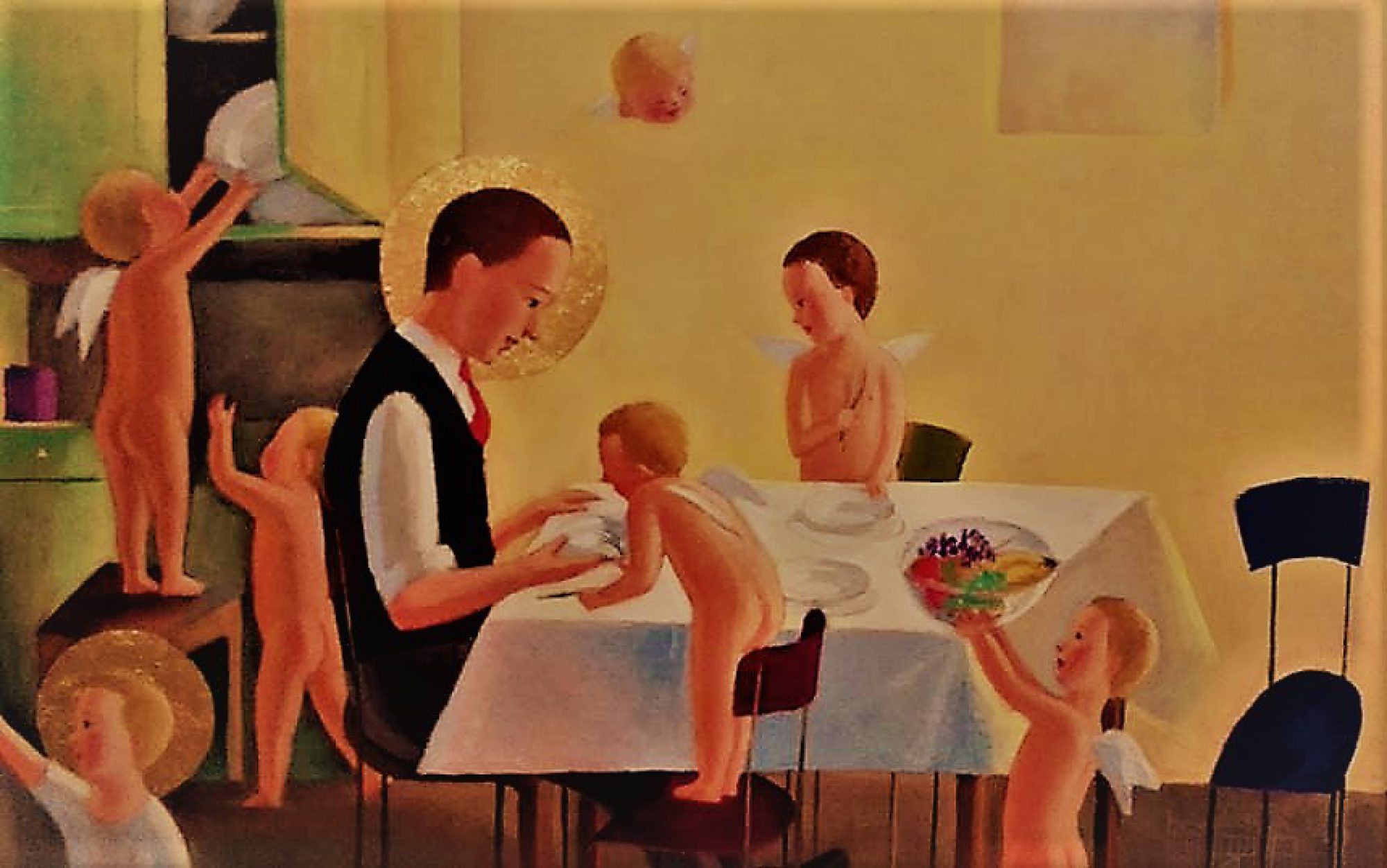Deze week krijg ik ze binnen, mijn portie Beajolais wijnen van dit jaar. Een Juliénas, de Nouveau en de Villages vieilles vignes. Het gonsde weer van de activiteit op domaine la Rizolière in Veauxrenard. Een dorpje in de groene heuvels van de Beaujolais. Didier en Marieke Canard waren weer begonnen met de jaarlijkse druivenpluk. In enkele dagen moeten alle druiven van de ranken. Druiven waarvan dit echtpaar een grote verscheidenheid aan wijnen maakt. Een rode Beaujolais Villages, een ferme Juliénas, een sprankelende witte wijn van de chardonnay druif, een Morgon en hun elegante Fleurie. Het is elk jaar weer hard werken, maar de resultaten mogen er dan ook zijn. Dit jaar was de oogst op 8 oktober binnen. Als je hun domaine bezoekt vertellen ze er graag over! Nu natuurlijk niet want er moest eerst geoogst worden. Naast het plukken is de van oorsprong Drentse Marieke ook gastvrouw voor de plukkers. Dat betekent er naast de verzorging van een slaapplaats ook gezorgd wordt voor de inwendige mens. En dat op Franse wijze met tweemaal per dag een warme maaltijd. Nieuwsgierig naar het menu mailde ik Marieke. Zij vertelt dat er in de middag vooral stevige potten op tafel staan, de boeuf Bourguignon, blanquette de veau en poulet à la Provençale. Vooraf natuurlijk de heerlijke charcuterie uit deze streek en we sluiten af met kaas en dessert. En daarna weer plukken…., plukken. Tot het avondmaal. Dan doet Marieke het dunnetjes over, zij het met een lichtere maaltijd. Groentesoep met daarna een quiche, gevulde pannenkoeken of een visschotel. Eén recept wil ze me niet onthouden, haar saucisson brioché, gekookte worst in een deegkorst, dat zij serveert met een frisse salade. de basis voor dit gerecht is de kookworst die je veel vindt in deze contreien. In Nederland is hij waarschijnlijk verkrijgbaar bij Alain Bernard in Amsterdam of bij ambachtelijke slagers. Kun je deze worst niet vinden kun je het altijd proberen met sausijsjes. Wat drinken we erbij? Ik adviseer een koel glas rosé van de hand van Didier en Marieke, fruitig en licht bij dit stevige gerecht en beloning na de gedane arbeid in de velden. Kijk voor alle wijnen eens op de site van deze kanjers. www.larizoliere.com
Nodig 4 personen:
1 grote kookworst of 4 saucijzen
250 g meel
200 ml slagroom
3 eieren
gist
snufje zout
Bereiding:
Kook de worst in 15 minuten gaar. Maak met de meel, room eieren en gist een beslag. Vet een cakevorm in en doe hierin de worst. dek af met een laag beslag. Bak de saucisson brioché in 30 minuten goudbruin in een oven van 180 graden. Serveer dit gerecht in plakken met een frisse tomaten salade met bieslook.




